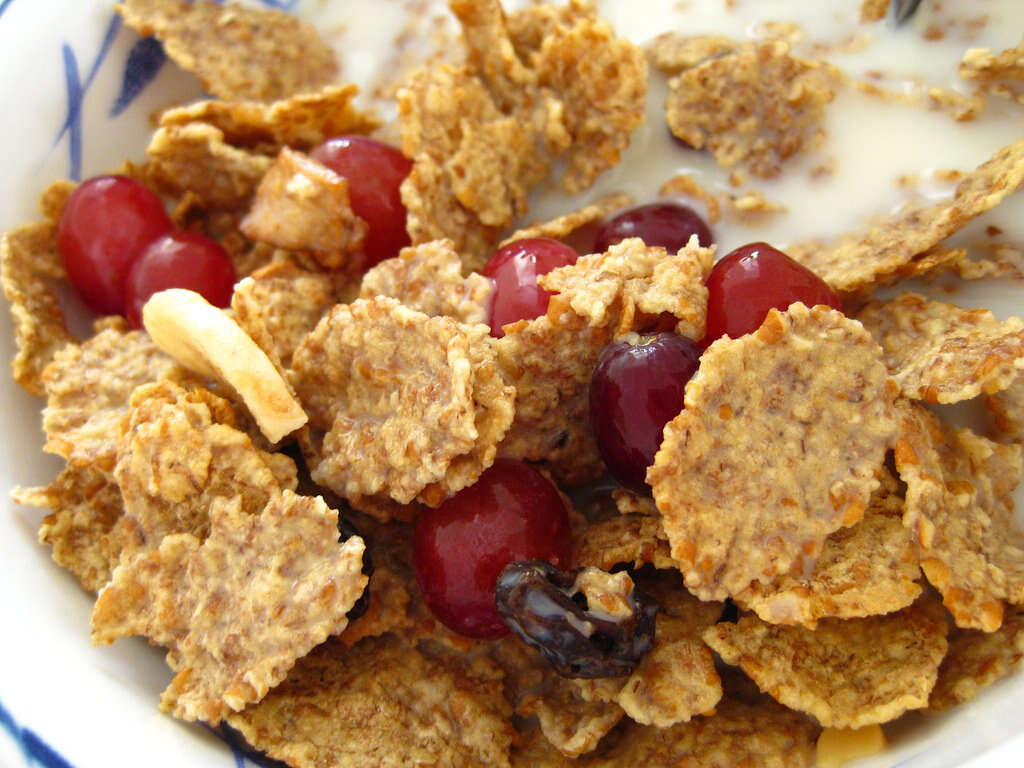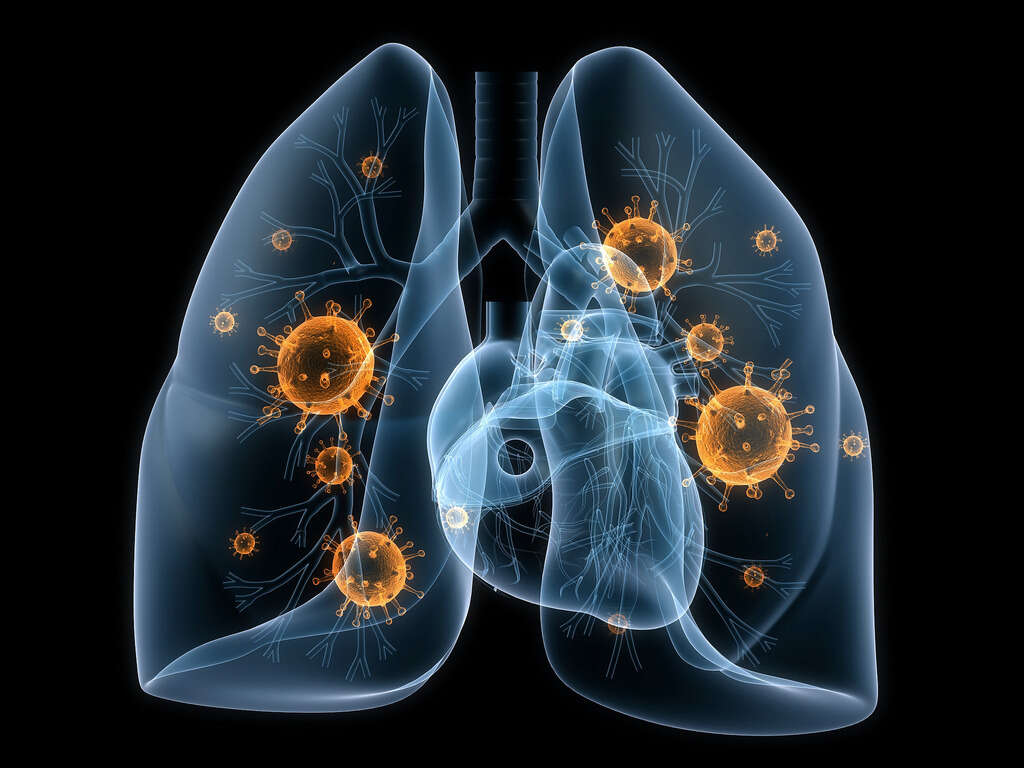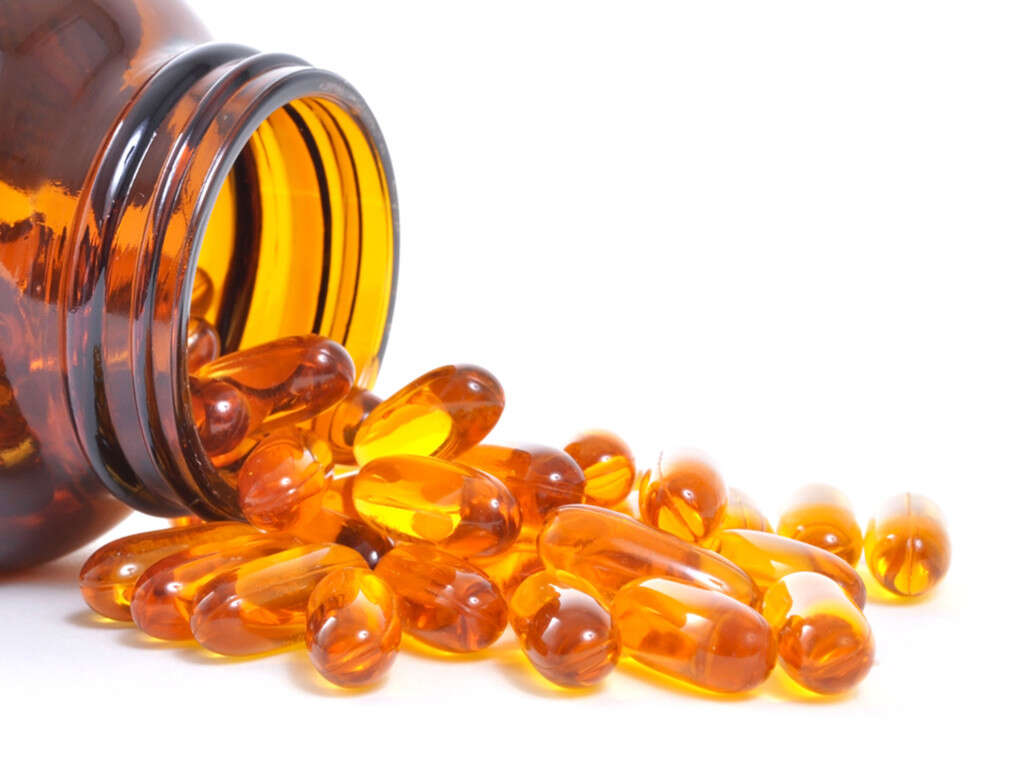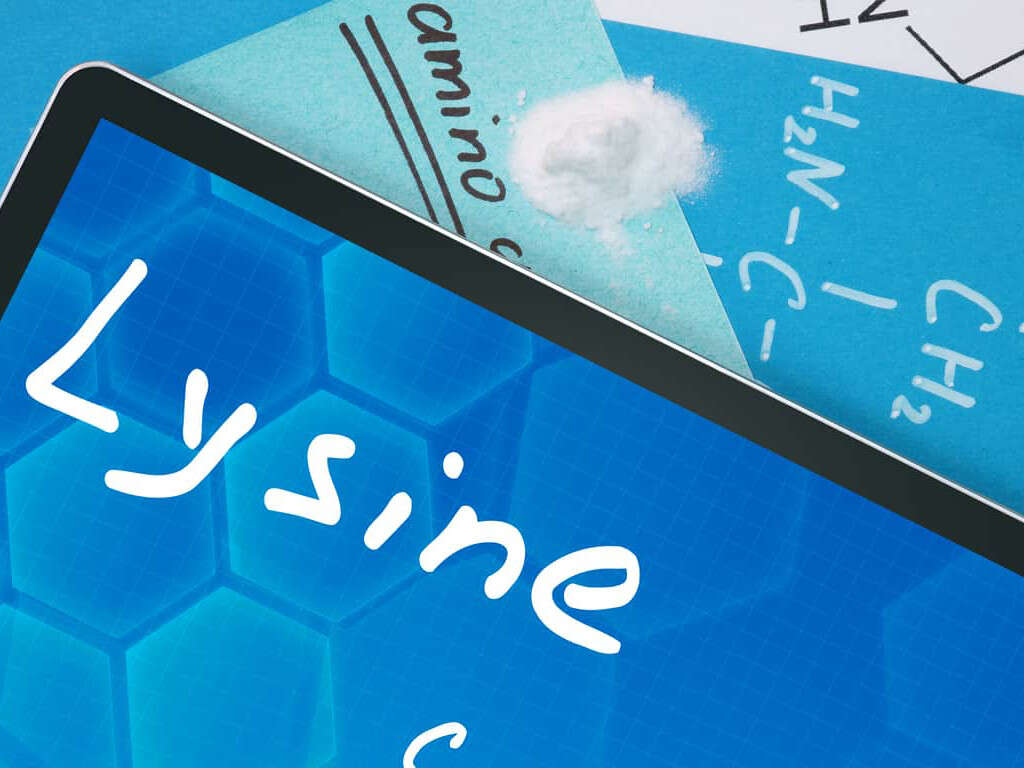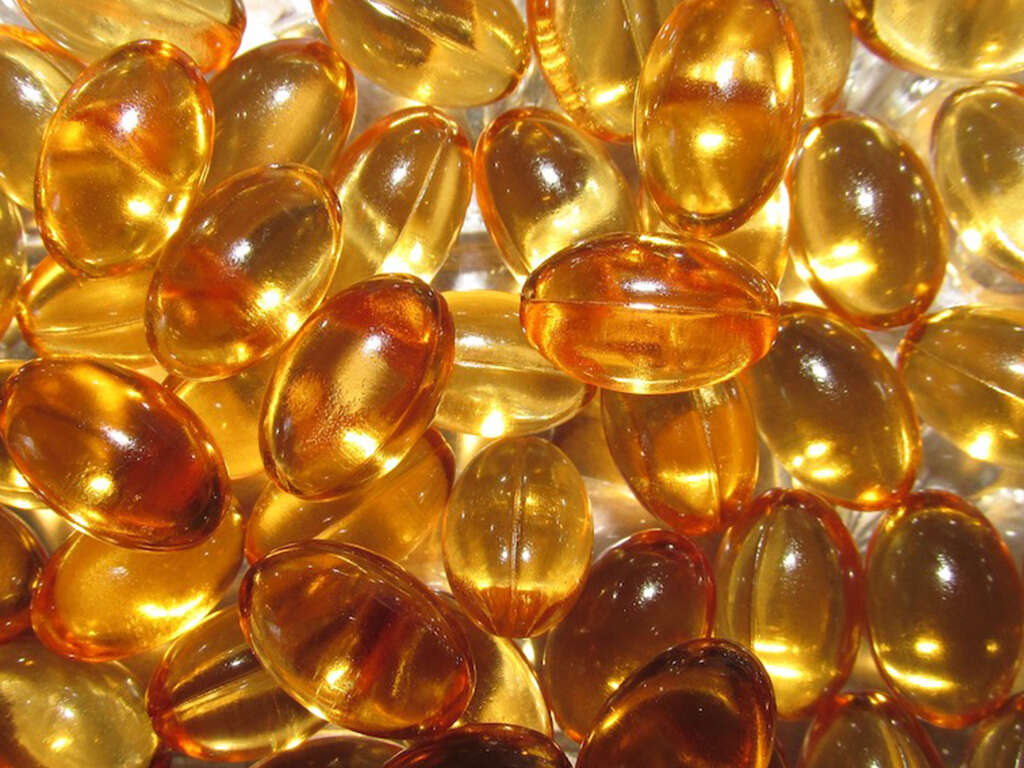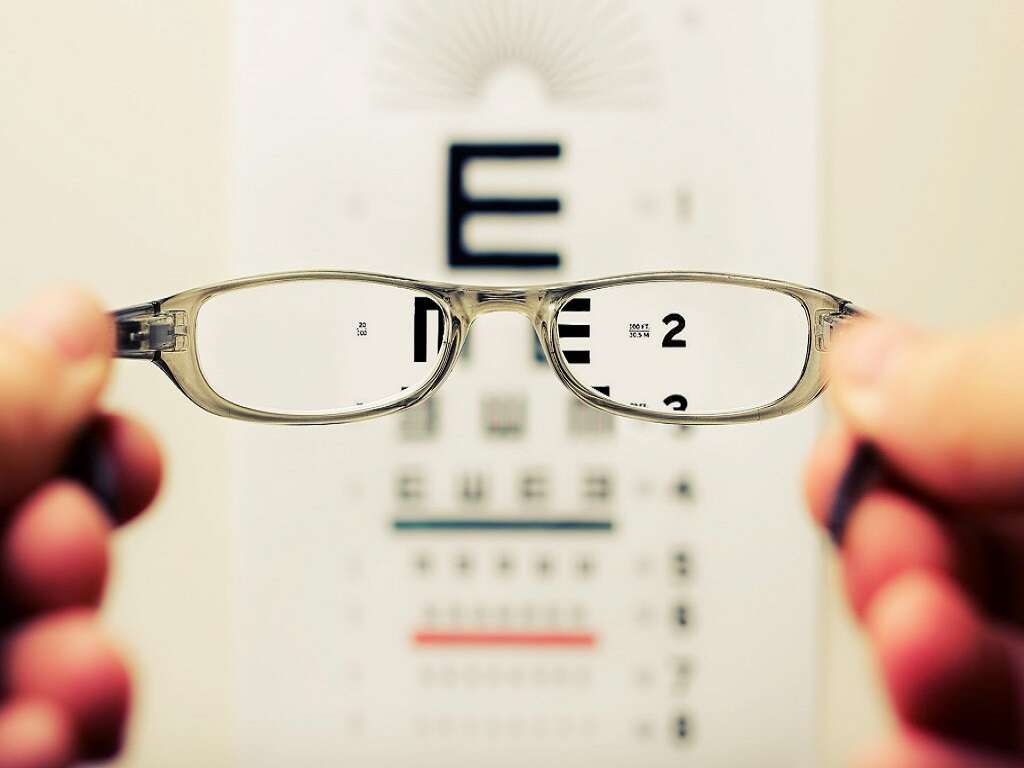10 Foods High in Vitamin D
Vitamin D is a fat-soluble micronutrient whose functions include promoting absorption of calcium, bone development and maintenance and control of cell growth. Vitamin D also has anti-inflammatory properties and supports the immune system. The recommended daily allowance or RDA for vitamin D is 400 international units or IU for infants less than one year, 600 IU for males and females aged one to 70 years, and 800 IU for those over 70 years. Deficiency in vitamin D can lead to weak bones, rickets, osteomalacia, poor growth and weakened immunity. Excessive vitamin D can lead to absorption of too much calcium, kidney stones and an increased risk of heart disease 1https://ods.od.nih.gov/factsheets/VitaminD-HealthProfessional/.
Vitamin D is synthesized in the body by the action of sunlight on the skin. It also occurs naturally in some foods. Many foods are fortified with the vitamin to prevent deficiency. Following are 10 foods high in vitamin D.
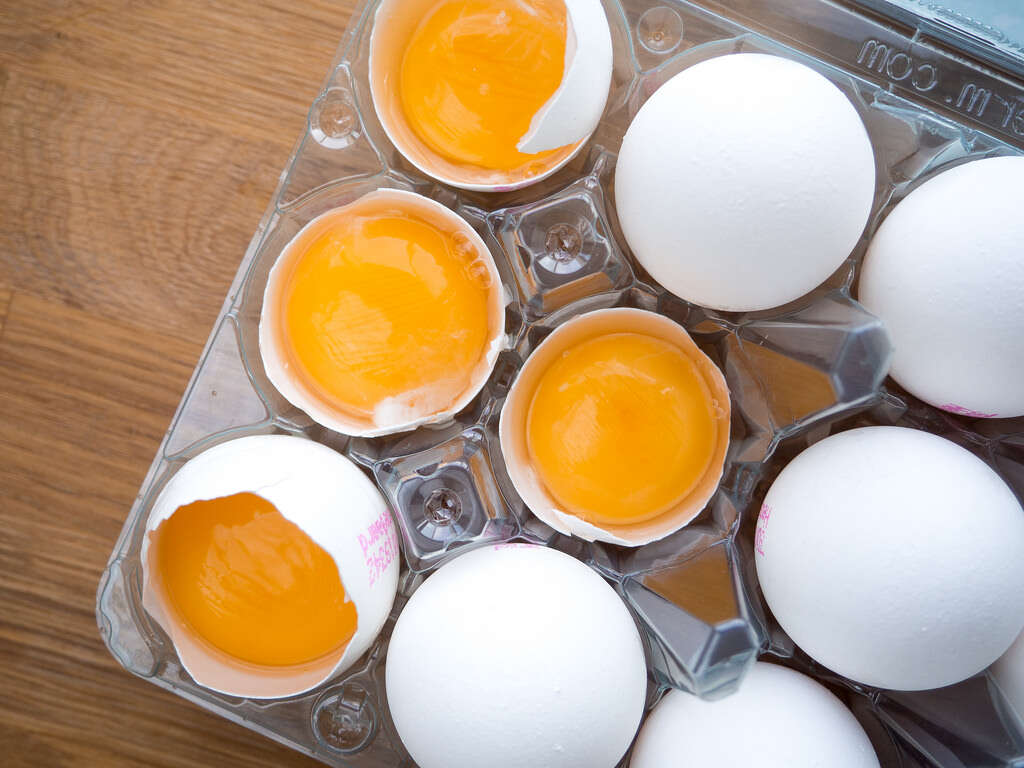
Vitamin D Rich Food #1: Salmon
Salmon is one of the richest foods in vitamin D. Three ounces of cooked sockeye salmon contain 447 IUs of vitamin D, which is more than 70 percent of the RDA for this vitamin. Other fatty fish like mackerel, tuna, sardines and trout also have significant amounts of vitamin D.
Salmon is also a rich source of protein, omega 3 fatty acids, B vitamins, minerals like potassium and selenium, and the antioxidant astaxanthin. Eating salmon can help reduce inflammation and lower the risk of heart disease. To access more nutritional benefits from salmon and other fish, choose wild caught instead of farmed fish.
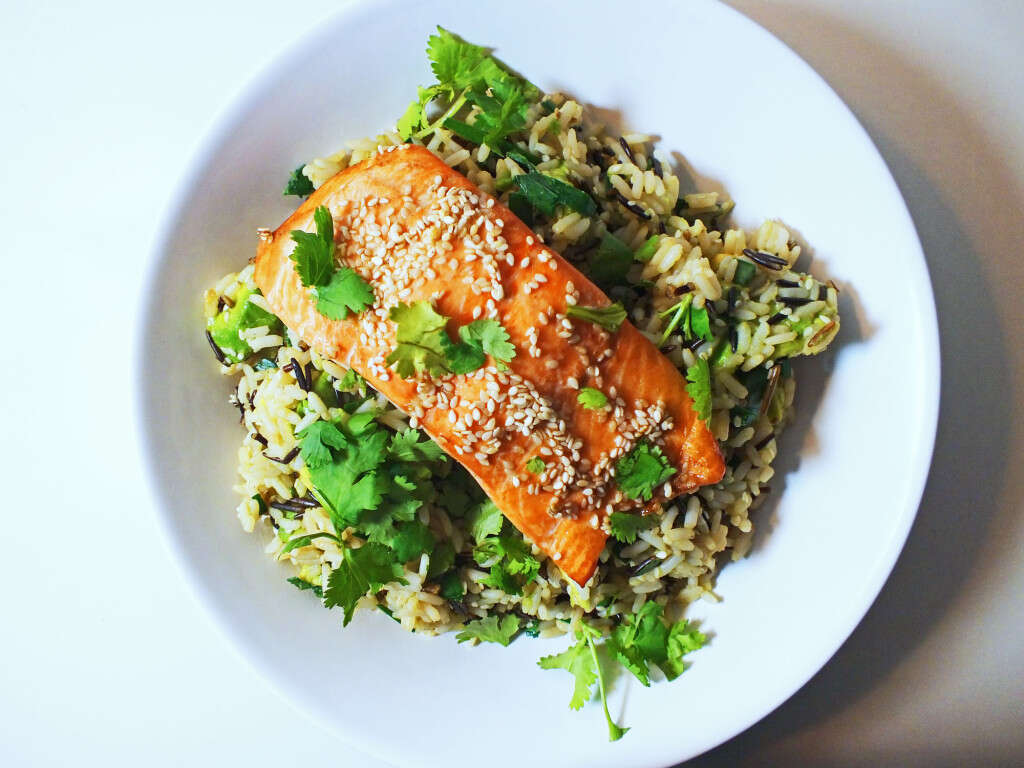
Vitamin D Rich Food #2: Cod Liver Oil
Cod liver oil is extracted from the liver of codfish, a deep water fish found in the Atlantic and Pacific Oceans. Cod liver oil has been used as a nutritional supplement for many decades. Cod liver is the probably the richest dietary source of vitamin D. One tablespoon contains 1,360 IUs of vitamin D. This is more than double the recommended daily allowance for a typical adult.
Cod liver oil also contains vitamin A which is also required for good bone and vision health. Cod liver oil also contains the anti-inflammatory omega-3 fatty acids. Taking cod liver oil is an easy way to meet your vitamin D intake, especially if you don’t get much sunshine.
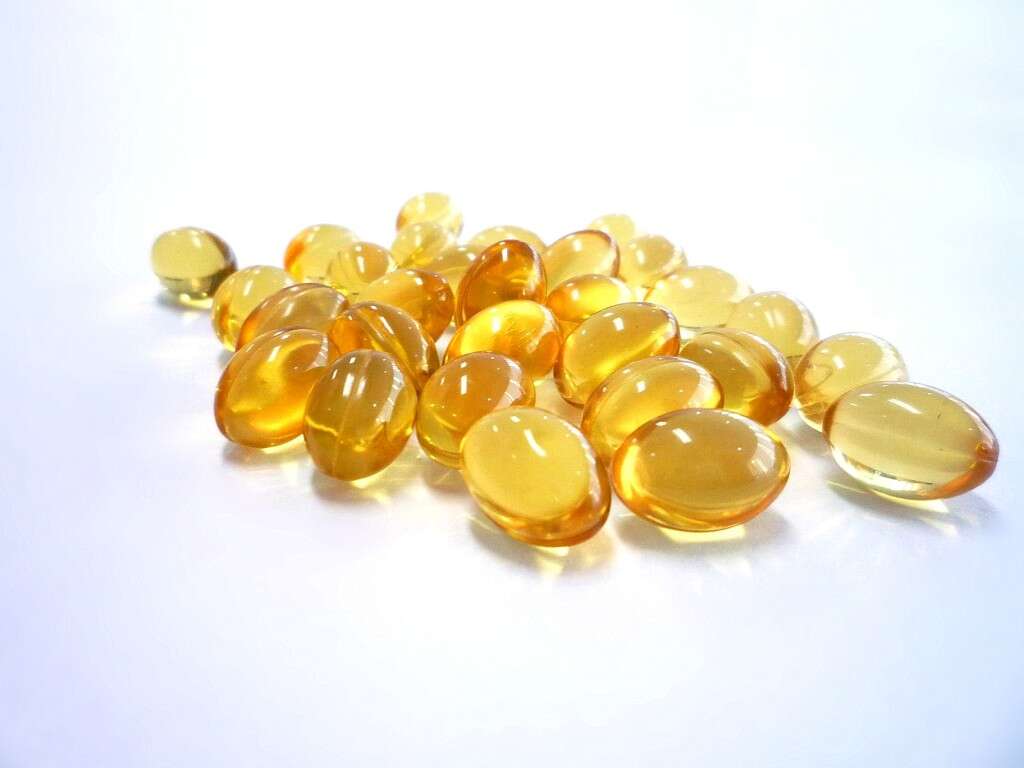
Vitamin D Rich Food #3: Swordfish
Swordfish is a large marine fish which has a sword-like snout. Swordfish is another food high in vitamin D. Three ounces of swordfish flesh contain 566 IUs of the sunshine vitamin. This is almost 100 percent of the vitamin D RDA. Swordfish is also rich in other nutrients besides vitamin D. A three ounce serving of swordfish contains 20 grams of protein. This is almost half the RDA of protein for a typical average diet.
Swordfish is also high in EPA and DHA omega-3 fatty acids which are anti-inflammatory. Additionally, swordfish contains healthy amounts of potassium. Potassium helps control blood pressure and prevents heart disease. You should, however, only eat swordfish occasionally because it might be contaminated with mercury.
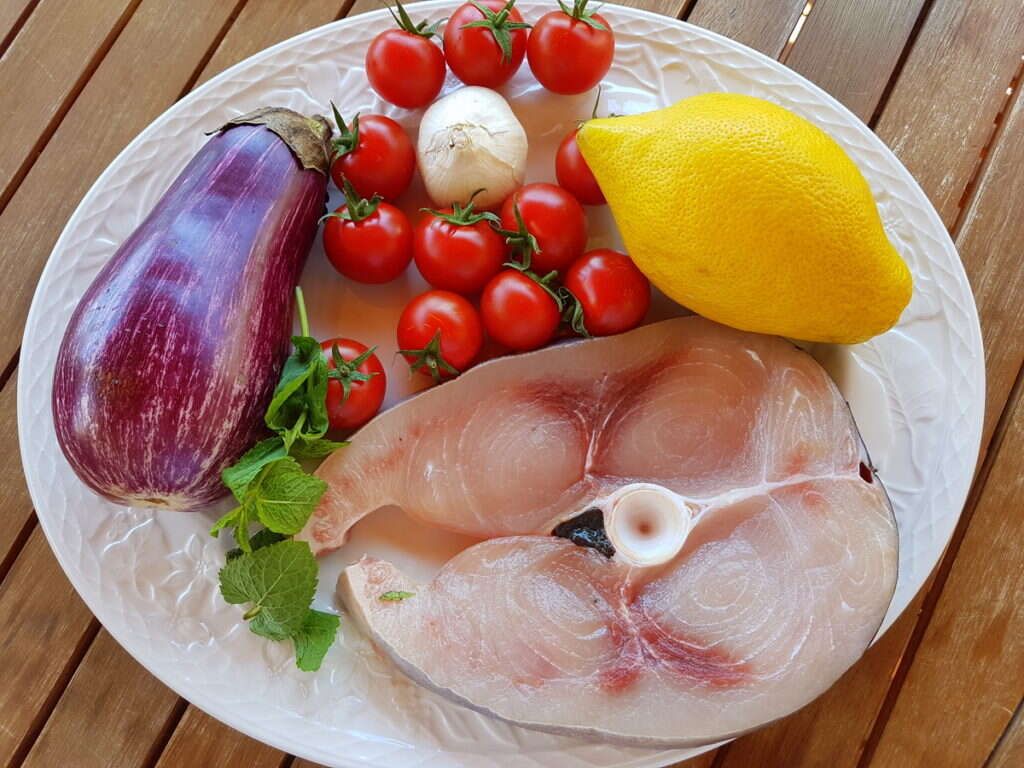
Vitamin D Rich Food #4: Pork
Pork contains significant amounts of vitamin D. A three ounce serving of pork contains 88 IUs of the vitamin which is more than 14 percent of the RDA of vitamin D. It also contains 22 grams of protein. Pork is also a rich source of several B vitamins including B6, niacin, riboflavin, thiamin, pantothenic acid, and B12. Pork also contains some vitamin A and vitamin E, and minerals like iron, potassium, zinc, selenium, magnesium and copper.
But ask for a lean cut of pork like tenderloin or loin chop. Otherwise, you could be eating too much fat which is not good for your circulation and heart health.
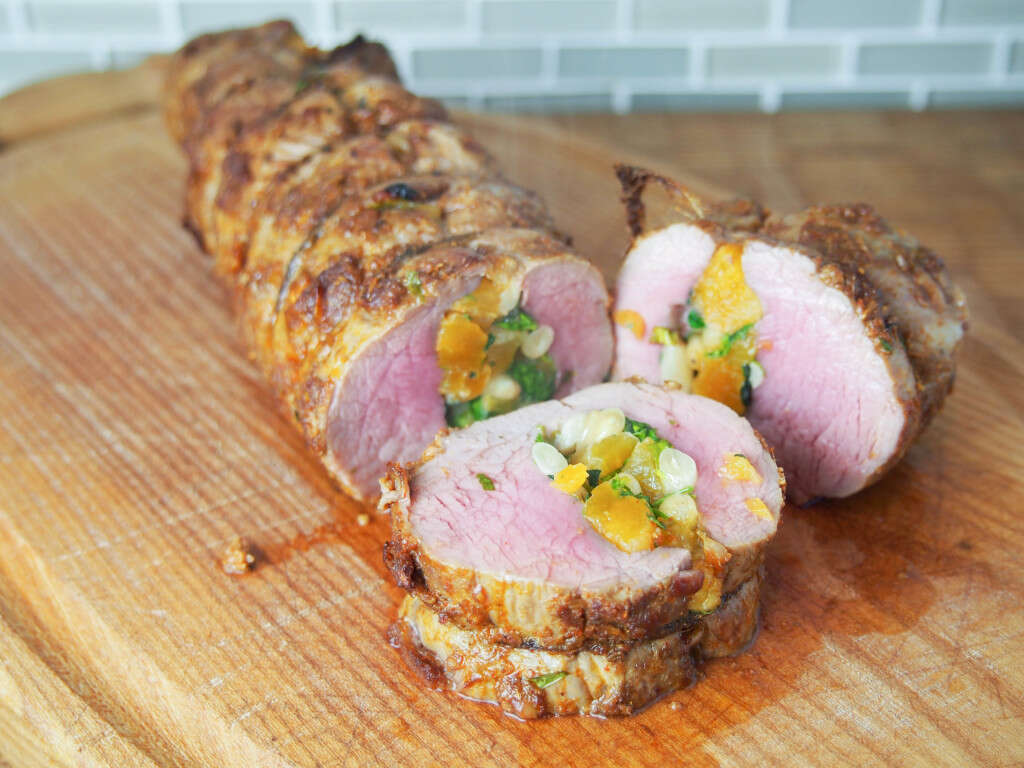
Vitamin D Rich Food #5: Oysters
Oysters belong to a group of animals called mollusks. They have been used as food for hundreds of years in different parts of the world. Oysters are a great source of dietary vitamin D. A 100 gram serving contains 320 IUs of the sunshine vitamin. This is more than half the RDA of vitamin D for an adult. Oysters are also high in other nutrients including B vitamins like niacin, thiamin and riboflavin, and minerals like iron, zinc, selenium, copper and manganese.
Oysters are also high in cholesterol for which reason; you should consume them in moderation. And while you can get higher amounts of nutrients from raw oysters, eating them raw can expose you to dangerous bacteria. For this reason, always ensure that you cook oysters adequately.
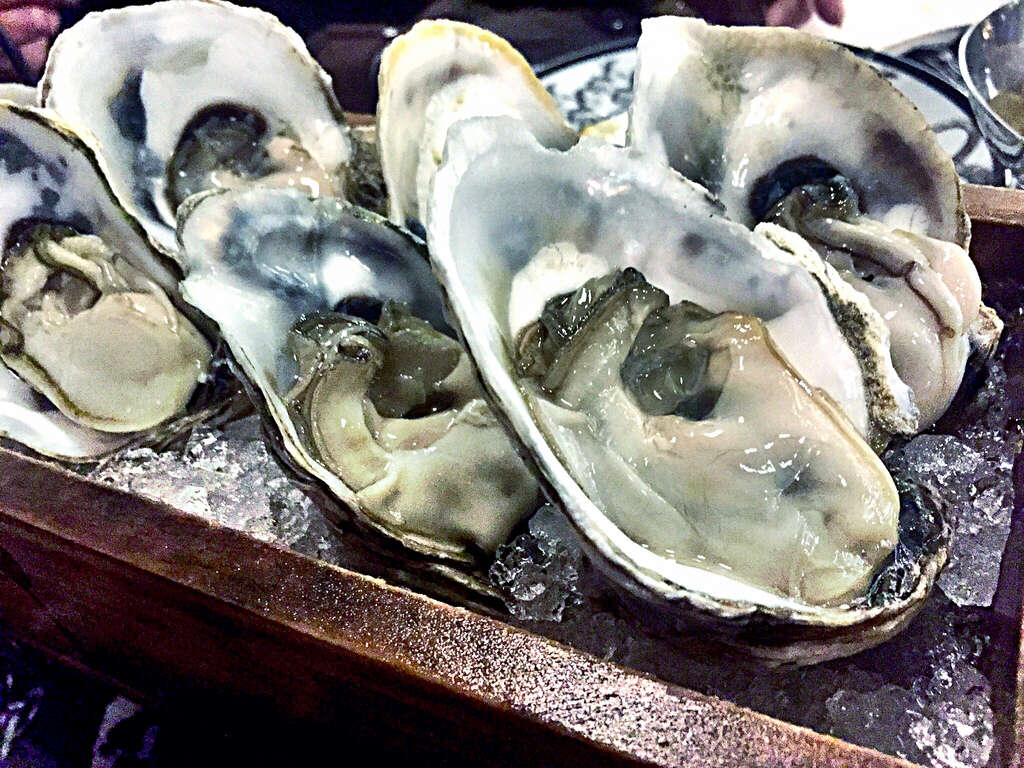
Vitamin D Rich Food #6: Mushrooms
Mushrooms are another one of the few foods high in vitamin D. However, not every mushroom contains vitamin D. Shiitake and white button mushrooms are some of the mushroom types with significant amounts of vitamin D. But these mushrooms need to be exposed to the ultraviolet rays of the sun as they grow to synthesize the vitamin. Mushrooms dried under the sun also have substantial amounts of vitamin D. Besides, the amount of vitamin D in mushrooms is dependent on the length of exposure to the sun.
A cup of sun-dried, diced mushrooms can provide more than 100 IUs of vitamin D. Mushrooms are also a good source of some B vitamins and minerals like iron, copper and phosphorus.
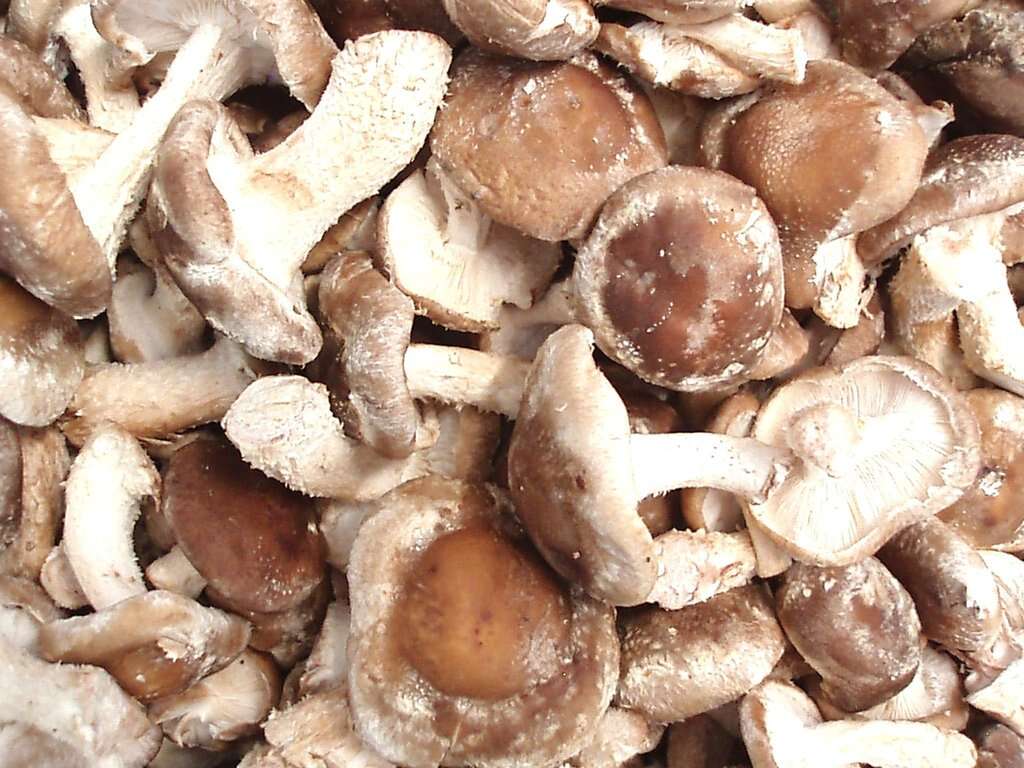
Vitamin D Rich Food #7: Beef Liver
Beef liver contains reasonable amounts of vitamin D. Considering the liver’s high content in other nutrients; adding the liver to your diet can greatly improve your health. Three ounces of beef liver provides about 42 IUs of the sunshine vitamin.
Other nutrients in the liver include protein, fat, vitamin A, B vitamins like niacin, pantothenic acid, B12 and folic acid, omega 3 fatty acids, minerals like iron, zinc, copper, phosphorus, selenium and chromium. Whenever possible, choose beef liver from pasture fed animals as opposed to cereal-fed animals. Pasture fed beef and liver are more abundant in quality nutrients including omega-3 fatty acids.
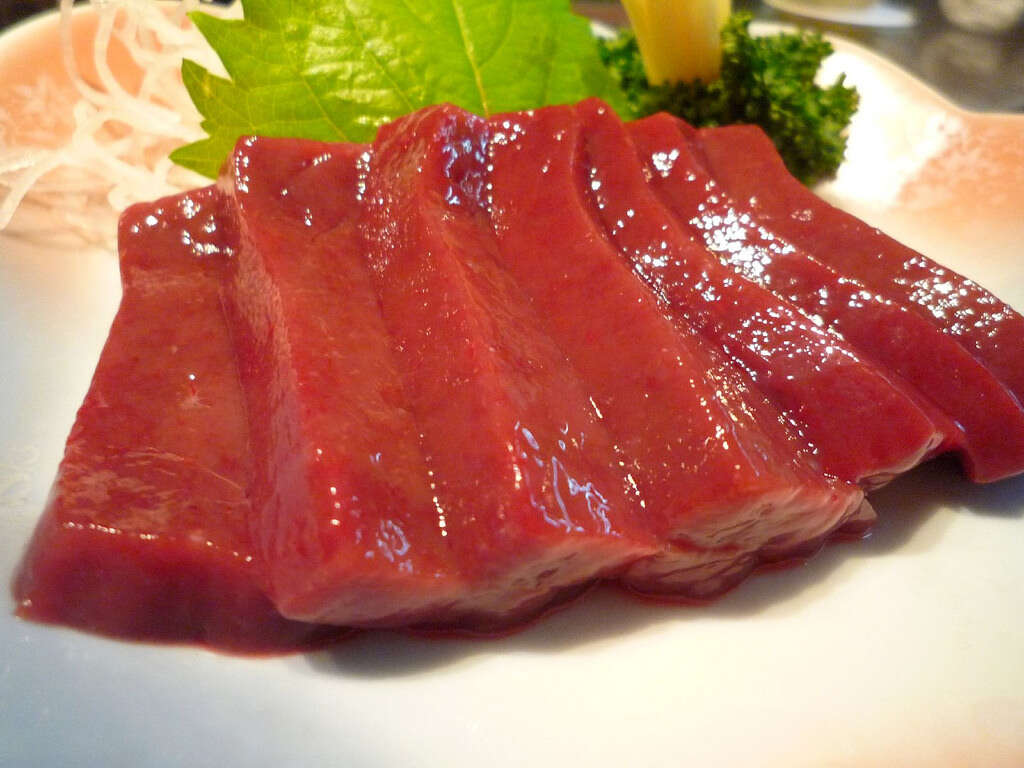
Vitamin D Rich Food #8: Eggs
An egg is a natural food high in vitamin D. One large chicken egg contains 41 IUs of vitamin D. While this is only 10 percent of the daily value, adding an egg to your diet can play an important role in meeting your RDA for vitamin D. Additionally; eggs are a rich source of many other nutrients such as protein and carotenoids.
Eggs from geese, ducks and similar birds have similar nutrient content. Eggs also contain vitamin A, some B vitamins, and minerals including magnesium, iron and calcium. But bear in mind that eggs contain high amounts of saturated fat and cholesterol. For this reason, you should eat them in moderation.

Vitamin D Rich Food #9: Milk
Ordinary cow’s milk contains little vitamin D. However, dairy products are typically fortified with vitamin D and other micronutrients to prevent deficiency. One cup of milk contains up to 124 IUs of the sunshine vitamin. This quantity may, however, be lower depending on the brand of milk. Besides, whole milk contains more vitamin D mainly because the sunshine vitamin is fat soluble.
Milk is also a good source of protein, B vitamins, and minerals like calcium, phosphorus, potassium, zinc and magnesium. Non-dairy milks such as almond milk and soy milk are also fortified with vitamin D in addition to other vitamins and minerals.
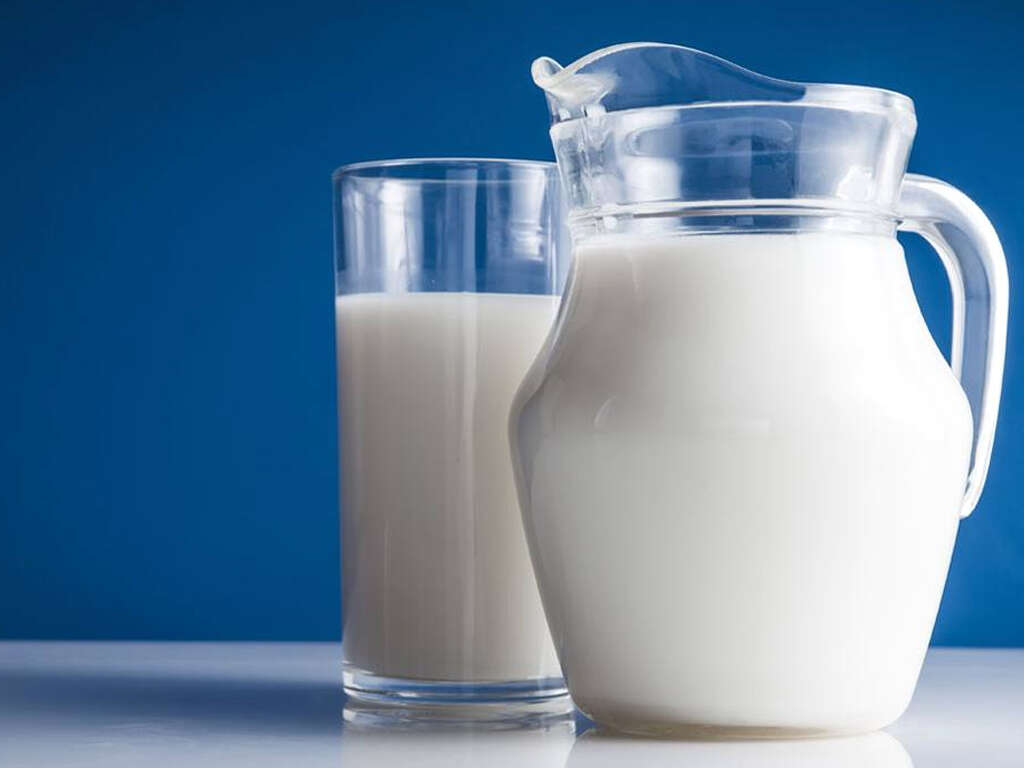
Vitamin D Rich Food #10: Fortified Cereals
While cereals do not naturally contain vitamin D, they are typically fortified with this in addition to other vitamins and minerals. This means that you can get a substantial portion of your vitamins D RDA from the cereals that you eat. One serving of ready to eat cereal contains about 40 IUs of vitamin D. One cup of raisin bran can provide 91 IU of vitamin D.
Combining a cereal with fortified milk can improve your vitamins D intake even further. Assuming that a bowl of milk contains about 60 IUs of vitamin D, a meal made from cereal and milk can easily provide one fourth of your vitamin D RDA.
